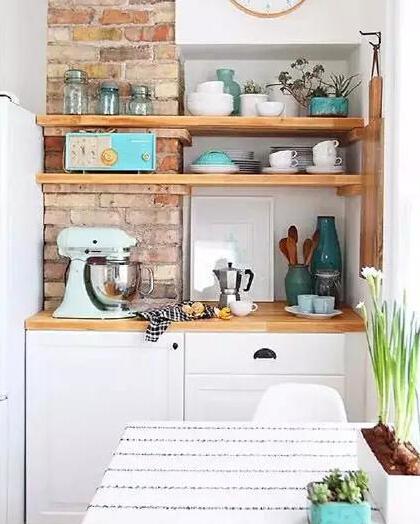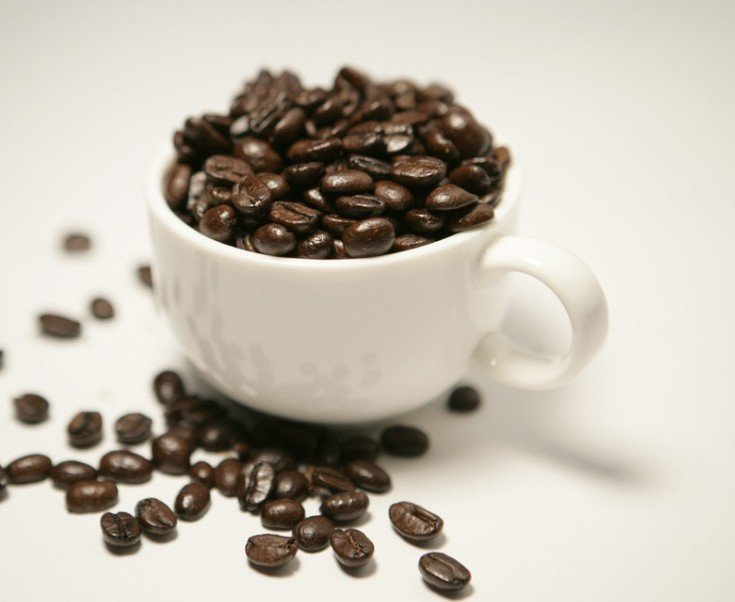A small cup of coffee can also tell whether different countries have different coffee drinking habits.
Drinking coffee can be refreshing, some people love coffee, almost two to three cups a day, so what are the main ingredients of coffee do you know? With such a small cup of coffee, each country drinks coffee in a different way.
Main ingredients of coffee
Fibre
The fiber of raw beans will be carbonized after baking and combine with caramel to form the hue of coffee.
Protein
The main source of calories, the proportion is not high. Most of the protein in coffee powder will not dissolve out when brewing coffee, so the intake is limited.
Sugar
Raw coffee beans contain about 8% sugar. After roasting, most of the sugars are converted to caramel, which browns the coffee and combines with tannins to produce sweetness.
Mineral substance
Contains a small amount of lime, iron, phosphorus, sodium carbonate and so on.
Caffeine
It has a particularly strong bitter taste and stimulates the central nervous system, heart and respiratory system. Appropriate amount of caffeine can also reduce muscle fatigue and promote digestive juice secretion. Because it promotes kidney function, it is diuretic and helps the body to expel excess sodium ions from the body. But eating too much can lead to caffeine poisoning.
Tannic acid
Boiled tannic acid will decompose into pyrouric acid, so coffee that has been brewed for too long will taste worse.
Acid fat
That is, fat contains acid, its strength will vary according to the type of coffee.
Volatile fat
Is the main source of coffee aroma, it is a kind of aroma will emit about 40 kinds of aromatic substances.
It is these cup of coffee that different people and different countries have different ways of drinking.
1. Italy: it is a kind of espresso in a small cup, which can be cooked and drunk quickly. People who have been in contact with the coffee for a long time can get used to its heavy taste.
2. France: the French prefer light coffee, which is generally made from moderately roasted and roughly ground coffee beans by soaking. I like to drink it with chicory root.
3. England: usually put the coffee powder in a cloth bag, tie it up, put it in a tile pot and add water. After it is boiled on the stove, pour it into a cup to drink.
4. Holland: coffee, sugar and cream can not be missing, and the taste is quite heavy. At the end of the drink, I began to get tired and had to be adjusted with clean water.
Sudan: black coffee is poured into the coffee pot and added with cloves and other spices is their favorite.
6. Turkey: boil the best coffee beans, sugar and water in a container called "Ibrik". After drinking, the coffee grounds left in the coffee cup can also be used to predict the future.
7. The United States: the convenient electric trickling coffee machine is one of the necessities in every family in the United States, which is more in line with their fast-paced way of life.
8. Greece: Greek coffee needs to be boiled slowly on a special small liquefied gas canister. The problem is that this kind of coffee contains a large proportion of coffee grounds and can no longer be drunk after a few mouthfuls.
Ethiopia: when drinking coffee, the host will put on neat national costumes, pour them into small porcelain cups without handles, and enjoy them with fried barley grains and local snacks.
10. Russia: when people drink coffee, they will choose black coffee with sugar and a small slice of lemon, this kind of coffee has a rich and calm taste.
Source: trendy coffee
Important Notice :
前街咖啡 FrontStreet Coffee has moved to new addredd:
FrontStreet Coffee Address: 315,Donghua East Road,GuangZhou
Tel:020 38364473
- Prev

As long as 1 square meter is vacated, the living room can have multiple cafes and build its own coffee space.
People who like coffee should have a coffee shop at home. On the one hand, homemade coffee still needs a certain amount of equipment, there is no special small space, things are easy to mess up. On the other hand, decorating a cafe in the living room does not require much space. See how they design it. In fact, it's very simple. It only needs one square meter of space.
- Next

Ethiopian Coffee accounts for 9% of the Japanese coffee market the heyday of African coffee beans
Recently, the Ethiopian Foreign Ministry said that Ethiopian coffee accounted for 9% of the Japanese coffee market in 2006. The top three coffee markets in Japan are Brazil, Colombia and Indonesia, with market shares of 28 per cent, 20 per cent and 15 per cent, respectively. Compared with 2005, the amount of coffee exported by Ethiopia to the Japanese market increased by 27.2% in 2006, and the transaction volume increased by 28%. The export volume in 2005 was 7. 5%
Related
- Why can American refills for free? The difference between Americano and American drip pot coffee
- Being chased out of the rain in front of Starbucks?! Store: Sheltering from rain under umbrellas poses a safety hazard
- The white moonlight has changed?! Lucky launches "Big Winter Pear American"
- Hand-brewed coffee three-stage method, high-sweet and universal brewing method to share! What does the high sweet water level of hand-brewed coffee mean?
- What is the difference between raw, refined and full espresso coffee? How to extract espresso and taste good?
- A complete list of coffee bean names and their meanings! What is Yejia Shefi coffee? Where is Mantelin coffee?
- What grade does Arida Manor Kaduai coffee beans belong to? What treatment is Arida ASD slow anaerobic sun exposure?
- The milk tea cup becomes smaller?! Overlord Tea Girl launches a new "Return to Yunnan" series
- Accused of selling counterfeit and high-priced coffee beans! Well-known boutique coffee brand "Oukelao" bowed and apologized!
- How to make espresso dumplings? Can I eat coffee and glutinous rice balls together?

